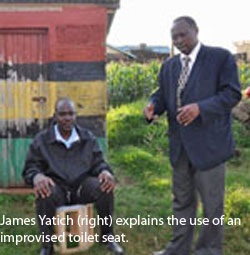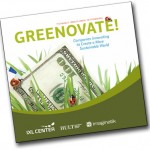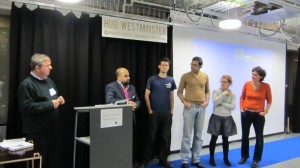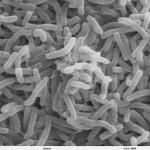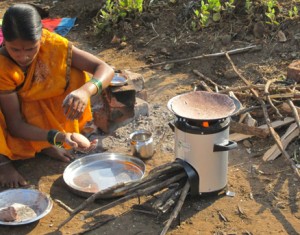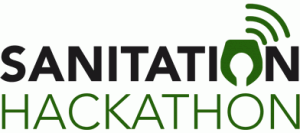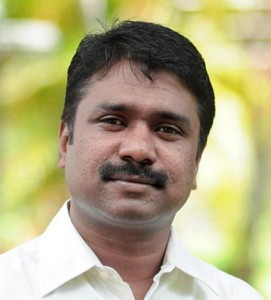Put innovation at the heart of refugee protection work | Source: Alexander Betts, The Guardian, Jan 4, 2012.
Putting refugees in camps isn’t enough – harness their creativity and help them become self reliant and prosper
The traditional model of refugee protection is donor-state funded and prioritises keeping people alive. It is the international analogue to the domestic welfare state. This is often necessary during emergency. But all too often people get stuck in refugee camps for many years. Over 6 million of the world’s refugees are in so-called protracted refugee situations, with an average length of stay of 17 years – Somalis in Kenya, Eritreans in Sudan, Sudanese in Chad, Afghans in Iran and Pakistan, and Burmese in Thailand.
The existing humanitarian paradigm can be inefficient. It could fail to make use of the best products and processes available; prove unsustainable, requiring public money to be endlessly channelled into warehousing people; and may lead to dependency, often undermining people’s ability to help themselves. Instead, there may be alternative ways of doing refugee protection, which draw upon untapped resources or build upon refugees’ own skills, aspirations, and entrepreneurship.
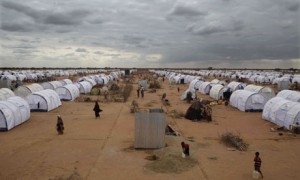
The Dadaab refugee camp, above, in Kenya where refugees have taken part in innovation workshops. Photograph: Sipa Press/Rex Features
Innovation is not about novelty or invention. It is about adapting to context. It is a methodology for change, often used in the private sector but, which is, with few exceptions, neglected in humanitarian work. It can be understood as a four-stage process: problem specification, looking for potential solutions, piloting those solutions, and scaling them where appropriate.
Innovation is highly relevant to refugees in at least two areas: the emergency phase, in which alternative resources may be available across humanitarian sectors (water and sanitation, health, shelter, and internet and communications technology, for example) and protracted situations, in which innovation may provide ways to move beyond encampment through creating livelihood opportunities and self-sufficiency.
Innovation may come from the creativity of refugees themselves. By definition, refugees have had to survive and adapt in entrepreneurial ways. Even in the most restrictive camp environments, like the Dadaab camps in Kenya, small businesses thrive, and SMS and Facebook are ubiquitous and adapted to create economic opportunity. In Uganda, where refugees have the right to work, the majority in Kampala are self-employed and in the Kisenyi district many Somalis run thriving businesses that even employ nationals. Access to remittances and the diaspora frequently provides the source of capital for entrepreneurship.
